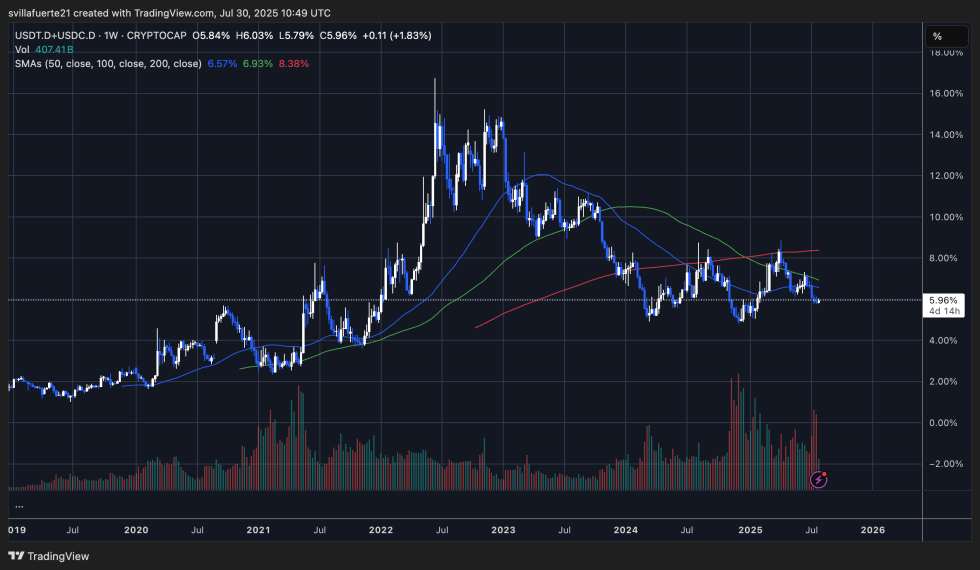Bank of Korea Doubles Down on Stablecoins & CBDCs – Launches Dedicated Virtual Asset Division
South Korea's central bank just turbocharged its crypto ambitions. The Bank of Korea (BOK) unveiled a specialized Virtual Asset Division this week—putting regulatory muscle behind stablecoins and its digital won project.
Why this matters now
While traditional banks still debate blockchain, BOK's move signals a strategic pivot. The new division consolidates research, policy, and oversight—hinting at imminent real-world pilots. Insiders suggest the digital won could launch faster than expected.
The stablecoin factor
Private stablecoins face stricter scrutiny under the framework. BOK's play? Control the narrative before corporations (or black swan events) force their hand. "They’re building the runway while others argue about airplane colors," quipped a Seoul-based fintech exec.
Bottom line
Another central bank joins the digital currency arms race—this time with bureaucratic firepower. Will it actually work? Ask the taxpayers funding both the innovation and the inevitable bailouts.
Bank of Korea Signals Stronger Commitment to Stablecoin Development Despite Test Delays
A Bank of Korea official recently clarified the purpose behind renaming its Digital Currency Research Lab to the Digital Currency Lab, stating, “We wanted to make it clear that this is not a department that only does research, as there is no other department that uses the word ‘research’ in its name other than the Economic Research Institute.” The change underscores the central bank’s intention to align the unit with broader operational and policy-driven responsibilities. However, the official also noted, “There will not be much change in the original work.”
The Digital Currency Lab, which evolved from the Research Department earlier this year, remains at the forefront of South Korea’s central bank digital currency (CBDC) initiatives. One of its key projects is “Project Han River,” a long-term initiative designed to test the real-world usability of a digital won. The first phase of testing concluded successfully at the end of last month, but the second phase has been put on hold. The delay stems from concerns raised by participating banks over the lack of a long-term roadmap and the financial burden of continued participation.
Despite the temporary suspension, Bank of Korea Governor Lee Chang-yong emphasized during a press conference on July 10 that Project Han River aims to “safely introduce a won-denominated stablecoin.” He added, “Whether it’s a won stablecoin or a deposit token, digital currency is needed in the future.”
This reinforces a key trend in global finance: the accelerating adoption of stablecoins beyond the US. South Korea’s evolving framework highlights the increasing importance of national stablecoin initiatives, particularly as countries seek to modernize payment systems and maintain sovereignty over digital financial infrastructure.
USDT and USDC Dominance Holds Near 6%
The combined dominance of USDT and USDC currently sits at 5.96%, according to the weekly chart, reflecting a relatively neutral stance in stablecoin capital positioning. After peaking above 18% in early 2022—during a period of heavy risk-off sentiment—the metric has been on a gradual decline, indicating a shift of capital out of stablecoins and back into risk assets.

The chart shows that USDT+USDC dominance has consistently struggled to hold above the 50-week (6.57%), 100-week (6.93%), and 200-week (8.38%) moving averages. Recent price action confirms resistance NEAR these levels, with dominance now testing its mid-cycle support around the 6% threshold.
This downtrend typically suggests growing risk appetite, as capital rotates out of stablecoins and into volatile assets like BTC, ETH, and altcoins. However, the fact that dominance has not broken below 5% reflects a cautious market that still maintains a strong base of sidelined capital.
Featured image from Dall-E, chart from TradingView

